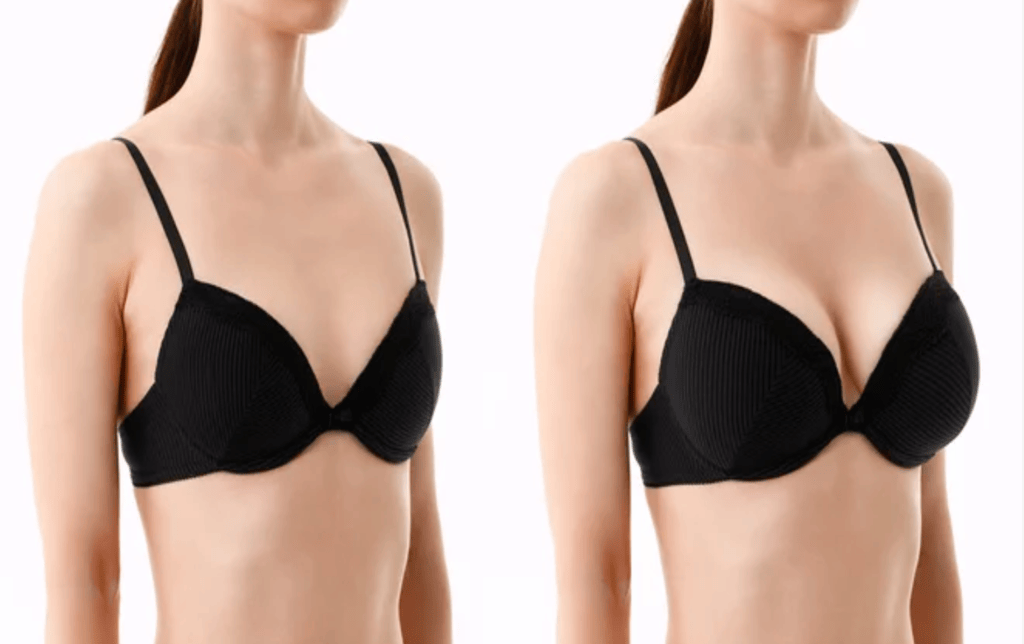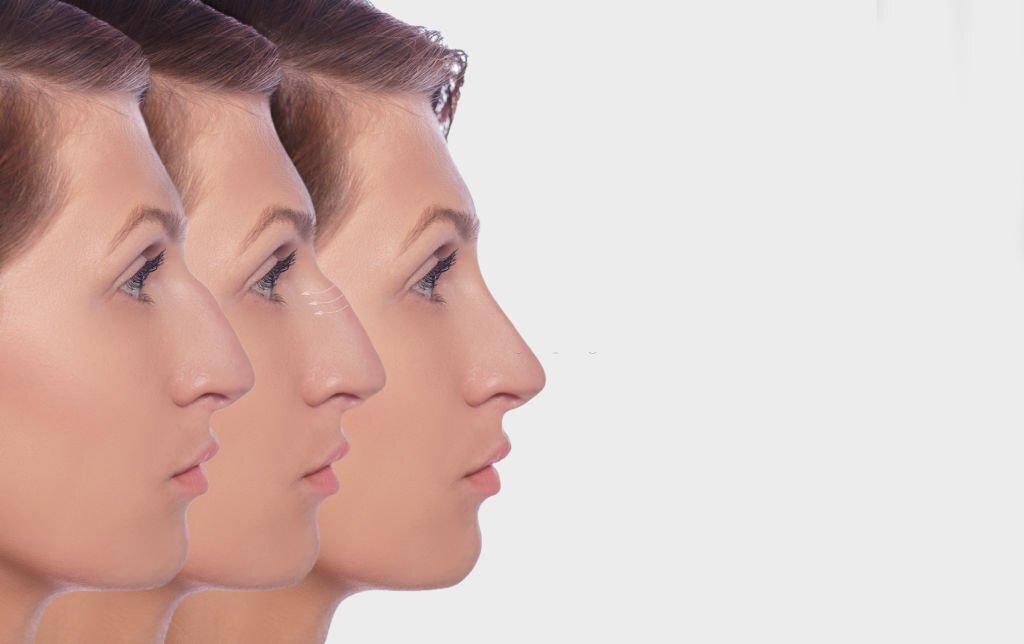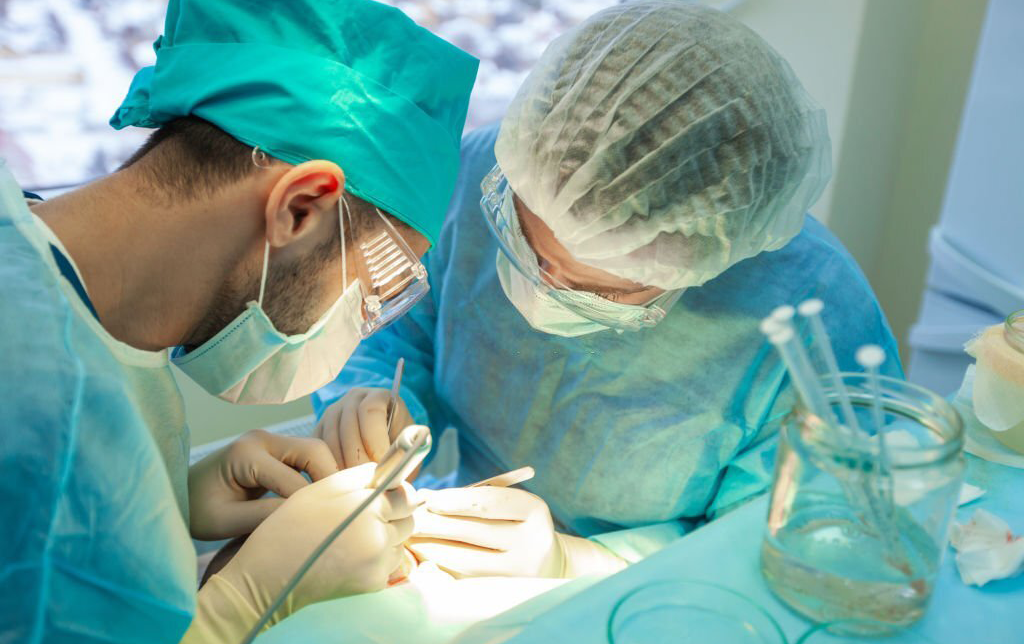Blogs

Understanding Breast Augmentation Surgery: Enhancing Beauty and Confidence
Breast augmentation surgery, also known as augmentation mammoplasty, is a popular cosmetic procedure aimed at increasing the size and improving the shape of the breasts. This procedure can be achieved through various methods, primarily involving autologous tissue transfer or the use of breast implants. In this blog, we’ll explore the different techniques, their benefits, and the considerations involved in breast augmentation.
What is Breast Augmentation Surgery?
Breast augmentation is designed to enhance breast size and shape, offering solutions for individuals seeking to improve their breast appearance. The two main methods for achieving breast augmentation are:
- Autologous Tissue Transfer (Fat Grafting): This technique uses the patient’s own fat to increase breast volume.
- Breast Implants: Implants are placed within the breast tissue to achieve the desired size and shape.
Breast Implants
Breast implants are a widely used option for breast augmentation. They consist of two main components:
– Outer Silicone Shell: The outer layer of the implant.
– Inner Filling: Can be either saline or silicone gel.
Shapes of Implants:
– Round Implants: Provide fullness at the top of the breast.
– Anatomical (Teardrop) Implants: Mimic the natural slope of the breast for a more natural look.
– Cohesive Silicone Gel Implants: The latest generation of implants, offering enhanced gel integrity and a natural appearance.
Approaches for Implant Placement:
Several surgical approaches can be used to place implants:
– Inframammary: Incision made in the natural fold under the breast.
– Sub-areolar (Trans-nipple): Incision around the areola.
– Transaxillary: Incision in the armpit.
– Periumbilical: Incision around the navel.
Dual-Plane Technique:
A common technique where the implant is positioned partially beneath the pectoral muscle and partially beneath the breast tissue. This approach offers several advantages:
– Minimal Capsular Contracture: Reduces the risk of hardening around the implant.
– Reduced Implant Visibility: Minimizes the chance of visible rippling.
– Unaltered Breast Function: Preserves the ability to breastfeed.
Complications:
Breast augmentation may involve risks such as:
– Capsular Contracture: Formation of scar tissue around the implant, causing firmness.
– Implant Malposition: Displacement of the implant.
– Asymmetry: Uneven breast size or shape.
– Infection: May require treatment or implant removal.
Breast Augmentation with Fat Grafting
Fat grafting, or autologous fat transfer, involves using the patient’s own fat to enhance breast volume. This technique is suitable for those who prefer not to use implants or seek natural results.
Advantages of Fat Grafting:
– Natural Feel and Appearance: Utilizes the patient’s own tissue.
– No Autoimmune Response: No risk of allergic reactions.
– Body Contouring: Provides additional aesthetic benefits by contouring donor areas.
– Minimal Complications: Reduces the risk of complications associated with implants.
Procedure:
The fat grafting process includes:
- Fat Harvesting: Fat is aspirated from donor areas (e.g., abdomen, thighs) using liposuction.
- Purification: The fat is washed with saline and centrifuged.
- Injection: Purified fat is injected into the breasts.
Postoperative Care:
– Supportive Bra: Wear continuously for the first week, then during the day for six weeks.
– Antibiotics: Administered for a few days to prevent infection.
– Compression Garments: Worn on donor areas to promote healing.
– Activity Restrictions: Avoid strenuous activities and heavy lifting for several weeks.
Breast augmentation surgery offers various options to enhance breast size and shape, whether through implants or fat grafting. Each technique has its benefits and considerations, and the choice depends on individual preferences, anatomy, and desired outcomes. Consulting with a qualified plastic surgeon will help determine the most suitable approach for achieving your goals. By following proper postoperative care guidelines, patients can enjoy safe and satisfying results, boosting their confidence and self-image.
Popular Posts

Nose Surgery (Rhinoplasty)
Nose reshaping (rhinoplasty or a "nose job") is an operation to change the shape or size of the nose...

Best Hair Transplant Doctor In Nagpur Location
Saundarya City Uses Modern techniques have enabled advanced methods for surgical hair transplants that can help restore lost hair...



 Book an Appointment
Book an Appointment